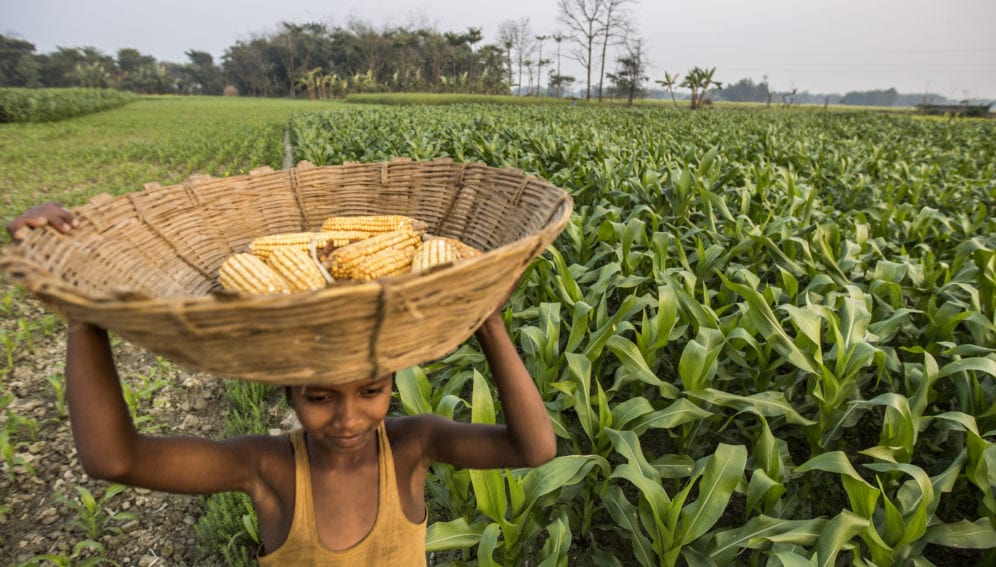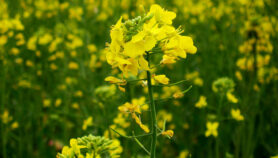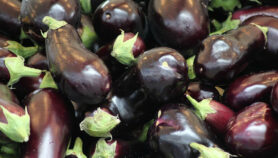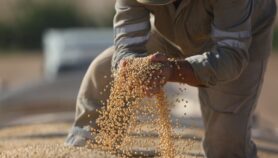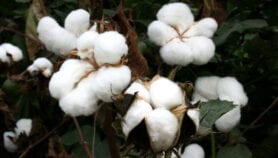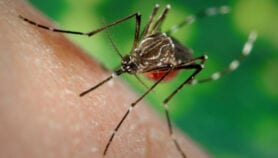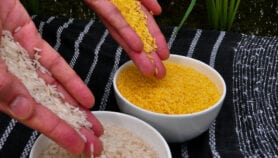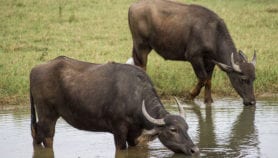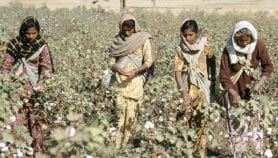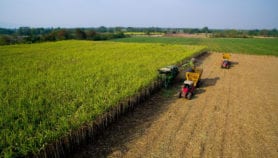By: Joiada Cruzate
Send to a friend
The details you provide on this page will not be used to send unsolicited email, and will not be sold to a 3rd party. See privacy policy.
[MANILA] Global acceptance of genetically modified (GM) crops sprang back in 2016 after suffering a decline in 2015, according to estimates by the International Service for the Acquisition of Agri-Biotech Applications (ISAAA).
According to ISAAA’s Global Status of Commercialised Biotech/GM Crops: 2016, released in May, 185.10 million hectares of GM crops were planted in 2016, showing an increase from 179.70 million hectares in 2015. In 2014, the global area under GM crops was 181.50 million hectares.
These numbers come from 26 countries, 19 of which are developing countries. The top five countries growing GM crops are the US (72.90 million hectares), Brazil (49.10 million hectares), Argentina (23.80 million hectares), Canada (11.60 million hectares), and India (10.80 million hectares) — totalling 91 per cent of the global area under GM.
“Some countries in South-East Asia such as Cambodia, Laos and Myanmar have the potential to adopt biotech crops but do not have biosafety regulations.”
Rhodora Aldemita, International Service for the Acquisition of Agri-Biotech Applications
Soybean accounted for 50 per cent of the global area under GM crops in 2016. It was followed by maize (33 per cent), cotton (12 per cent), and canola (5 per cent). Other GM crops available in the market today include sugar beet, papaya, squash, aubergine and potato.
The non-profit ISAAA estimates that biotech crop planting increased 110-fold in the 1996—2016 decade, with an accumulated area of 2.1 billion hectares. As the “fastest adopted crop technology in recent times”, biotechnology has helped alleviate poverty and hunger, benefiting 18 million small farmers and their families.
However, according to the ISAAA media release, “the promises of biotech crops can only be unlocked if farmers are able to buy and plant these crops.”
“Farmers with little or no capital hesitate to adopt this tool (GM technology),” Rosalie Ellasus, GM maize farmer from the Philippines, and representative of the Asian Farmers Network, tells SciDev.Net.
In fact, adoption and acceptance of GM technology has not gone unchallenged, though in varying degrees across the Asia-Pacific region.
“Some countries in South-East Asia such as Cambodia, Laos and Myanmar have the potential to adopt biotech crops but do not have biosafety regulations,” Rhodora Aldemita, senior programme officer at ISAAA, tells SciDev.Net. “Others like Myanmar have adopted GM crops while still drawing up regulations,” she adds.
Indonesia is yet to firm up feed regulations, the Philippines is struggling with regulations that have halted biotech crop approvals, and Thailand’s strict regulations only allow field testing, Aldemita says.
India has restricted GM technology to non-edible crops like cotton. Approvals for GM aubergine and GM mustard have not gone beyond field trials, with public litigation and provincial governments blocking attempts at commercialising these staples.“We have concerns regarding the biosafety of GM food crops that are similar to what we see in most of Europe,” Aruna Rodrigues, the main petitioner against the technology in India’s Supreme Court, tells SciDev.Net.
This piece was produced by SciDev.Net’s Asia & Pacific desk.
This article was made possible with support from Monsanto.


